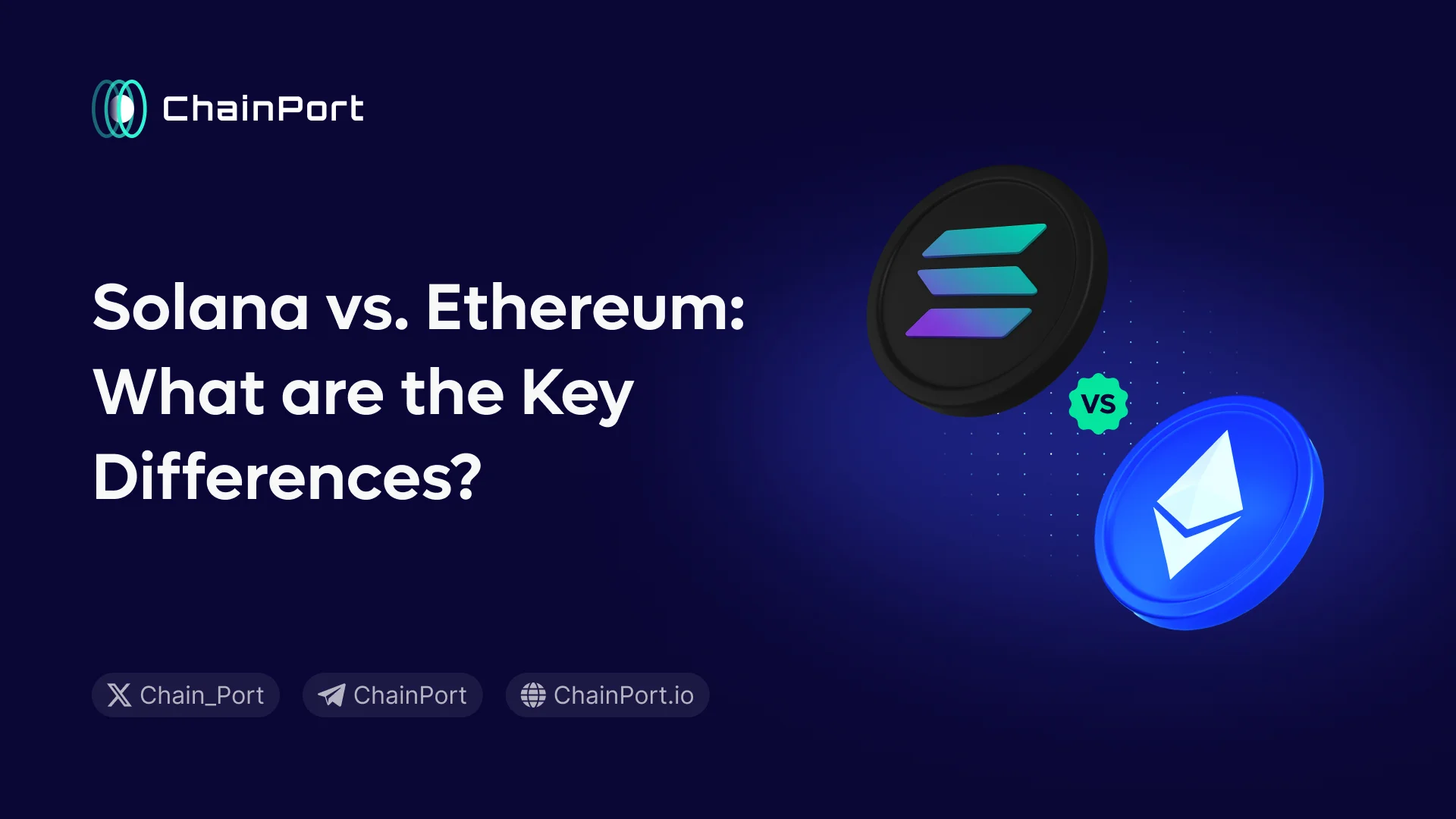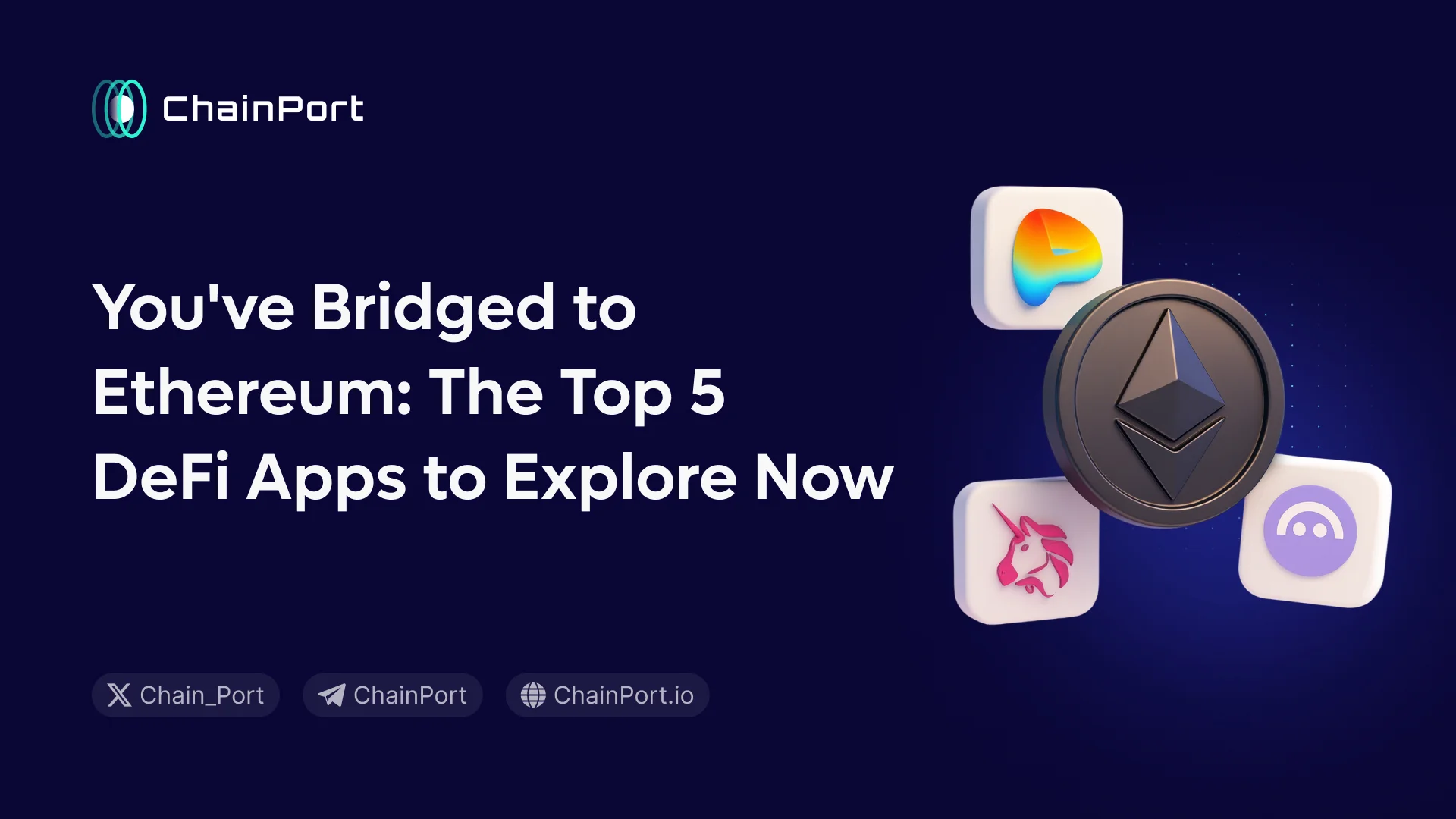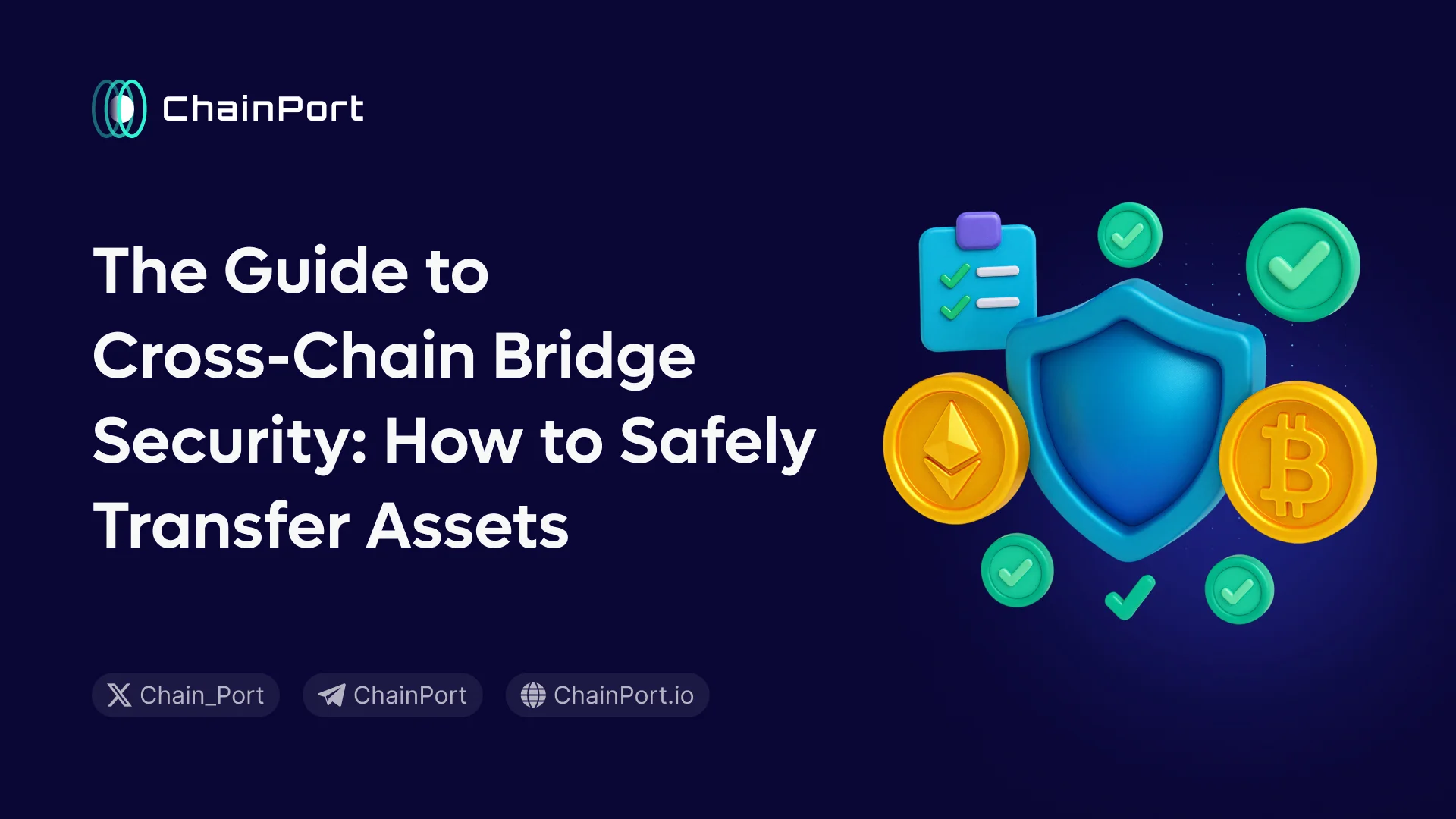tl;dr
- RWAs like real estate, art, and private equity form a multi-trillion-dollar but illiquid market.
- Blockchain tokenization unlocks value by making these assets tradable, liquid, and accessible.
- Tokenization gained attention in 2017–2018 during the ICO boom with projects like LATOKEN and CurioInvest.
- Focus has shifted toward grounded sectors like real estate.
An Introduction to Real World Assets
Real-world assets (RWAs) like real estate, art, and private equity represent a multi-trillion-dollar market that remains largely illiquid. Blockchain-based tokenization is set to change that, unlocking dormant value and transforming how these assets are owned, traded, and accessed.
This section explores the what, why, and how behind this, showing how tokenized RWAs could reshape global markets and democratize access to traditionally exclusive opportunities.
What is Asset Tokenization? A Simple Breakdown
The concept of tokenization entered mainstream crypto consciousness around 2017–2018 during the ICO boom. Projects like LATOKEN (which later pivoted into a CEX) promised to tokenize fine art, and CurioInvest, tokenized luxury cars. While those early experiments had mixed results, today the focus of RWA tokenization has shifted toward more grounded sectors like real estate.
From Paper Deeds to Digital Tokens
Think of tokenization as taking a traditional paper stock certificate or property deed and transforming it into a secure digital token on a blockchain. The ownership rights remain the same, but the form is more flexible and liquid.
The Technology Behind the Token: Blockchain and Smart Contracts
Blockchain acts as a universal, tamper-proof ownership ledger. Smart contracts manage the rules for trading, ownership transfers, or even dividend payouts automatically, reducing reliance on intermediaries.
Why Tokenize Real-World Assets? The Core Benefits
By turning illiquid assets into digital tokens, tokenization opens doors to greater efficiency, accessibility, and trust. Here’s why it matters:
Unlocking Global Liquidity
Traditionally, selling something like a commercial building could take months, tied up in paperwork and geography. With tokenization, ownership can be traded 24/7 worldwide, giving assets near-instant liquidity and expanding access to a global investor base.
Enabling Fractional Ownership for All
A $50 million skyscraper or a priceless painting is out of reach for most people. Tokenization divides these into thousands of tokens, letting everyday investors buy a slice and benefit from value appreciation.
Enhancing Transparency and Security
All transactions and ownership records live permanently on an immutable blockchain ledger, significantly reducing fraud, disputes, and manipulation. Trust is built directly into the system.
Automating Processes and Slashing Costs
Smart contracts handle complex tasks like compliance, income distribution, or dividend payouts automatically. This automation removes layers of brokers, lawyers, and middlemen while saving time and money.
How RWA Tokenization Works: A 4-Step Process
Turning a physical asset into blockchain-based tokens may sound complex, but the process follows a clear framework. Here’s how it typically unfolds:
Off-Chain Structuring
First, the asset undergoes legal structuring and valuation. Lawyers, appraisers, and regulators ensure that ownership rights are clearly defined and compliant with jurisdictional laws, setting the foundation for tokenization.
The Digital Bridge (Oracles)
Next, oracles bring trusted, real-world data about the asset. These details can include its valuation, legal status, or performance onto the blockchain. Oracles act as a secure “bridge,” ensuring that on-chain tokens reflect accurate off-chain realities.
On-Chain Token Minting
With the legal and data groundwork in place, digital tokens are minted on a blockchain like Ethereum. Each token represents a fraction of the underlying asset, whether that’s real estate, art, or private equity.
Distribution and Trading
Finally, tokens are distributed to investors, who can trade them on specialized secondary marketplaces. This unlocks liquidity, giving investors the flexibility to buy or sell asset shares much like they would stocks or crypto tokens.
Real-World Examples in Action
RWA tokenization is already being applied across industries. Here are some examples making the idea tangible:
Tokenized Real Estate
Luxury condos in New York and commercial warehouses in Europe have been tokenized, letting investors buy fractions of high-value properties and trade them more easily than traditional real estate shares.
Fractionalized Fine Art & Collectibles
Platforms have tokenized iconic works, such as Andy Warhol paintings, and even rare collectibles. Investors can now own digital shares of assets once reserved for elite collectors.
Tokenized Private Credit and Bonds
Beyond physical assets, tokenization has extended into finance. Private credit, bonds, and debt instruments are being issued on-chain, bringing these traditional markets into the DeFi ecosystem and expanding access to global investors.


.webp)



